Use these an an extra in my baby’s night time nappy and it gets him through the night nice and dry 🙂
My only gripe is the sizing. I bought based on waist size, which put my child firmly in the size 2-3yrs category, but when they arrived they *only just* fit. So I had to order more and pay again for the 3-4yrs. My child is 2.5yrs, but 98th percentile so what I’d say is if you know your child needs a bigger size in every other item you buy them, they probably need a bigger size in these too. Trust your parental knowledge, rather than the size chart.
Great bar that has worked fabulously on tomato sauce, spinach, plum, butternut squash… all round success! I now keep it in the kitchen ready to throw straight into any stains once the meal is done
Absolutely brilliant for washing the nappies, leaves no stains and works like magic!
This bar is brilliant… the only thing that worked on a stubborn oil stain.

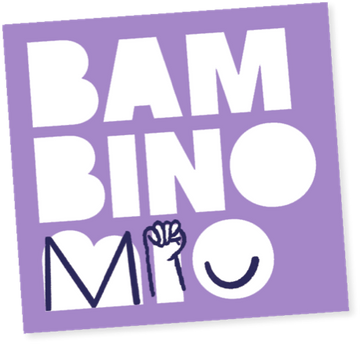
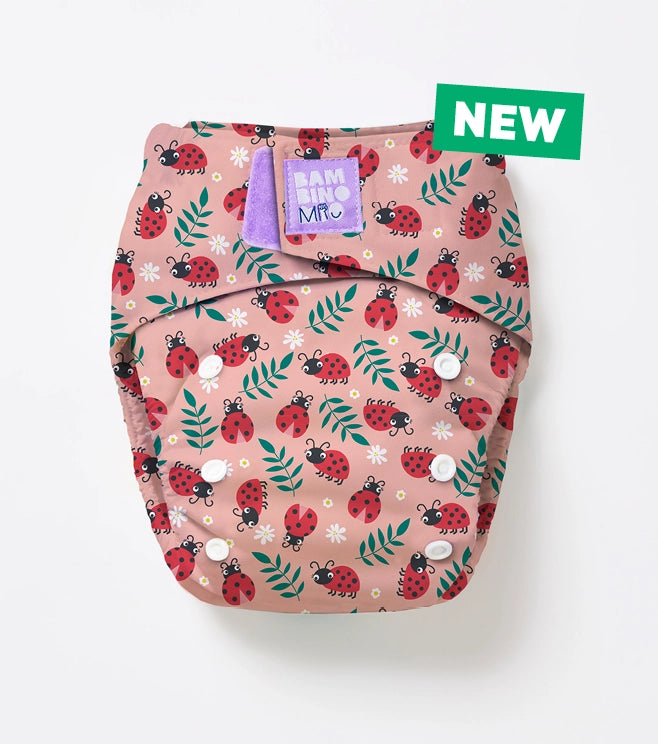
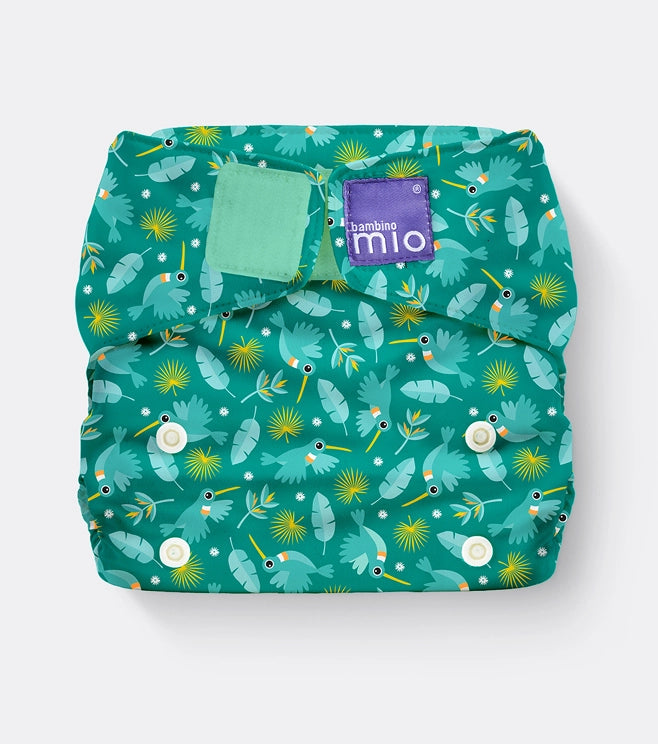
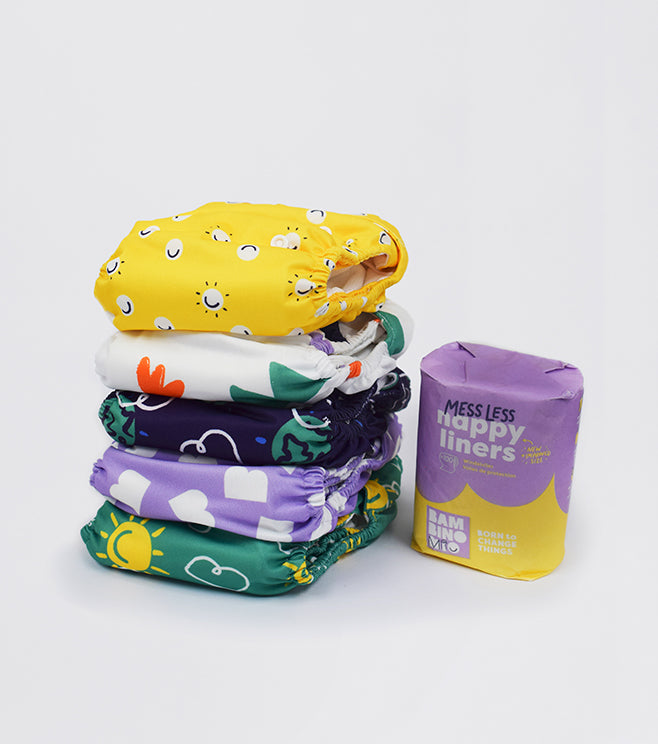

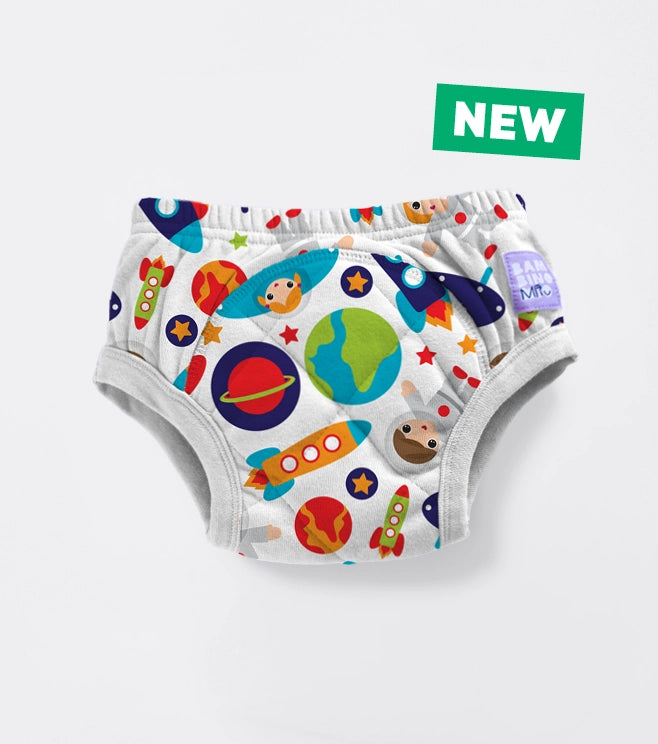
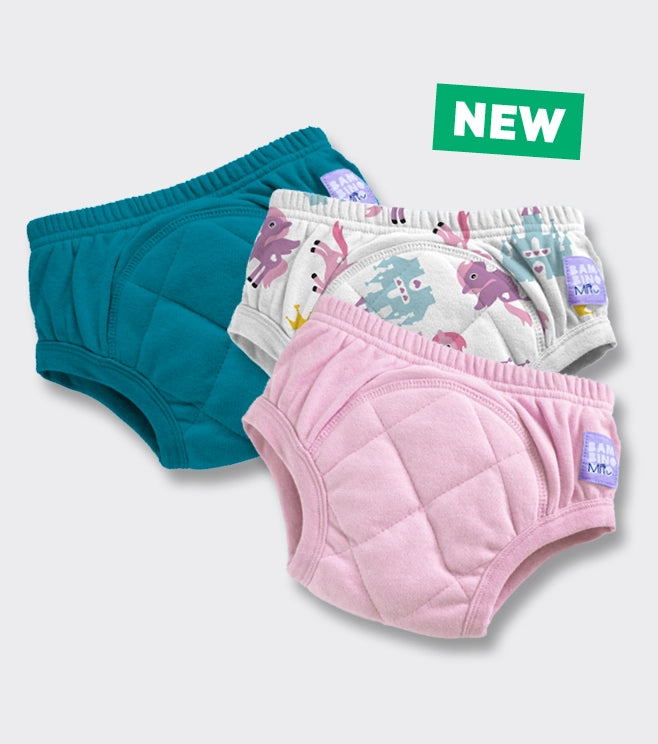
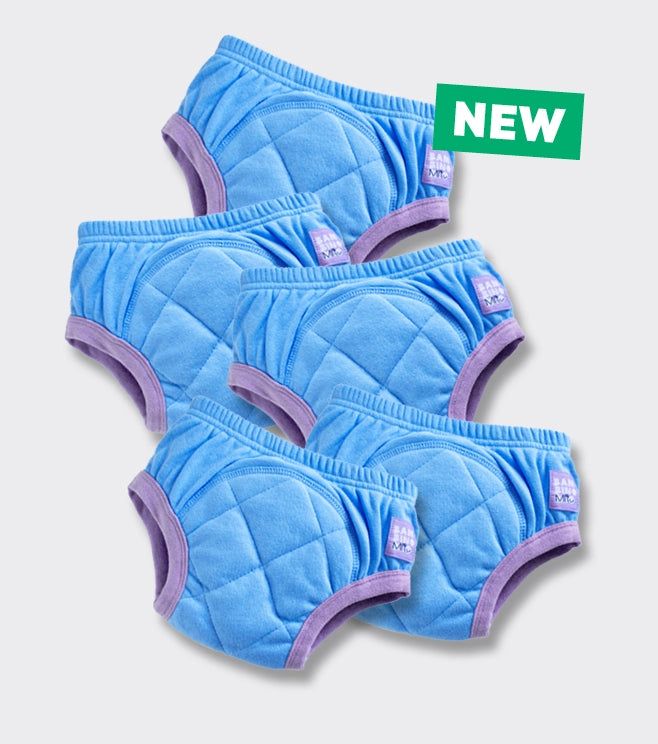
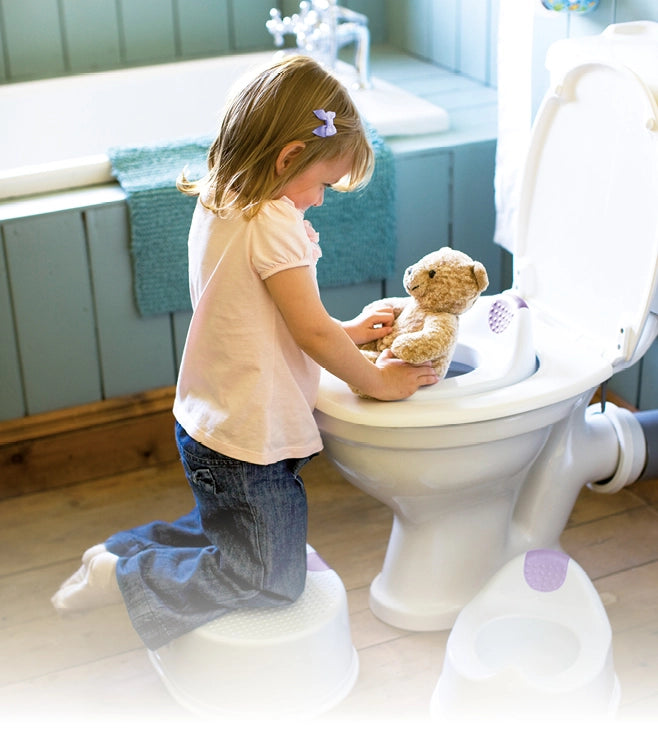
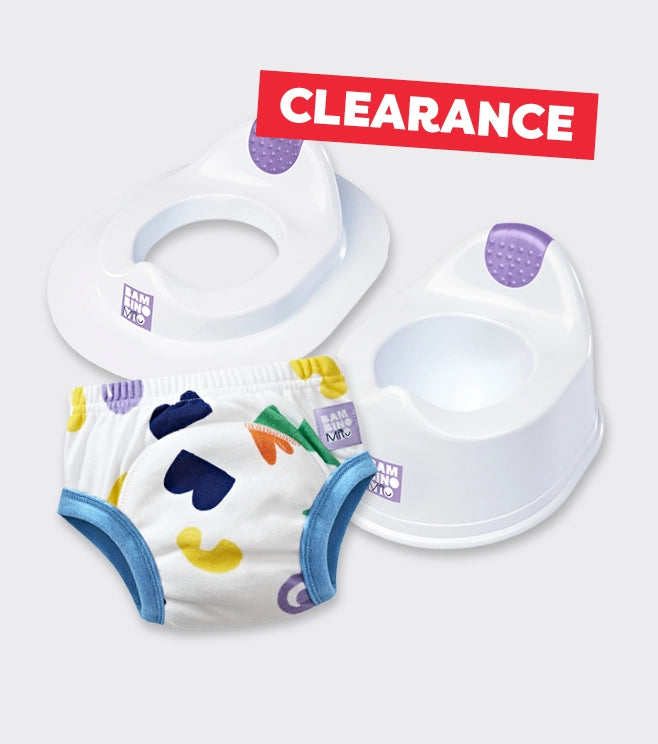
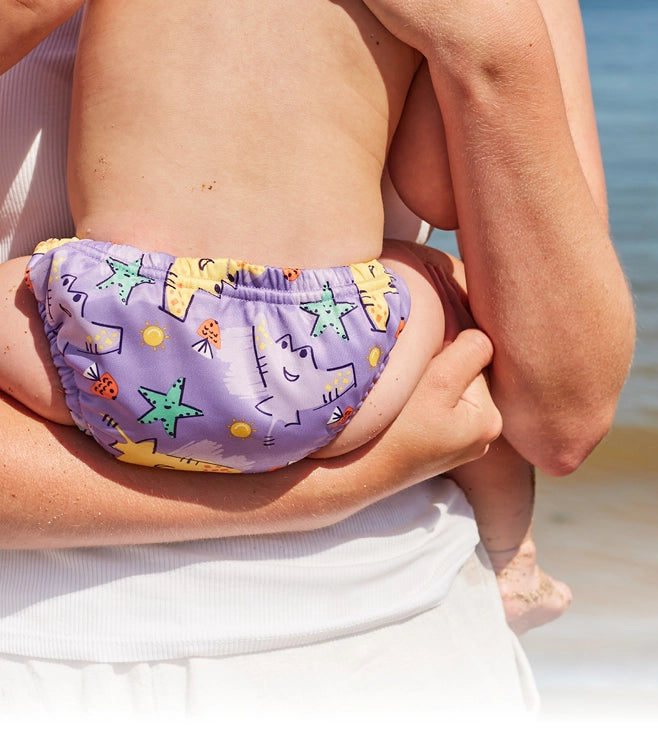
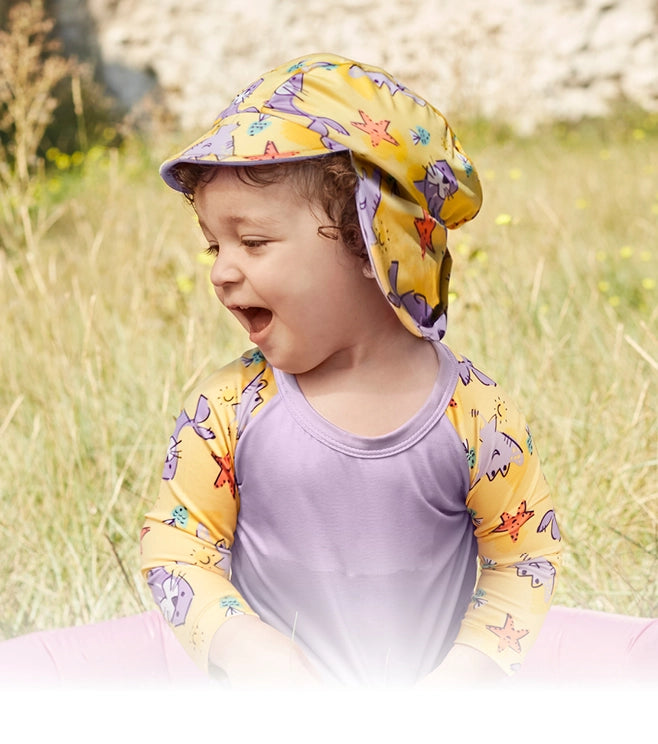
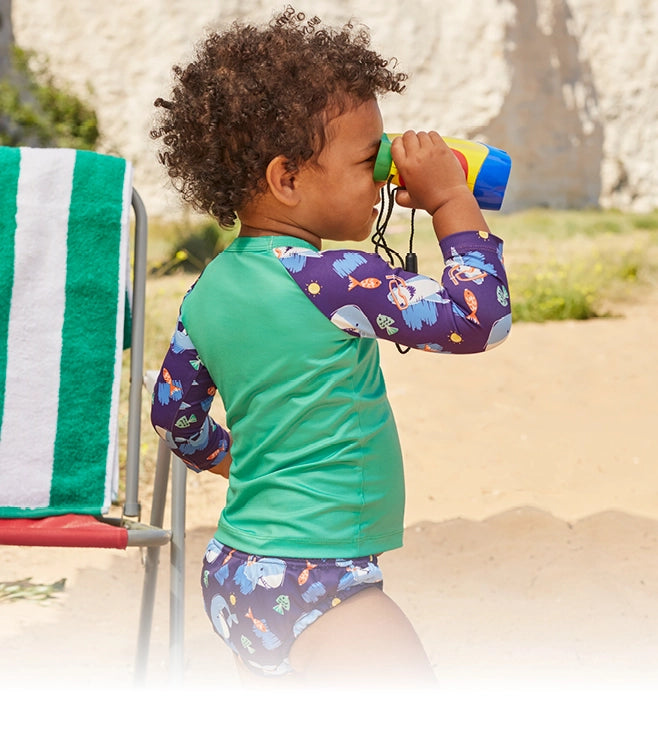
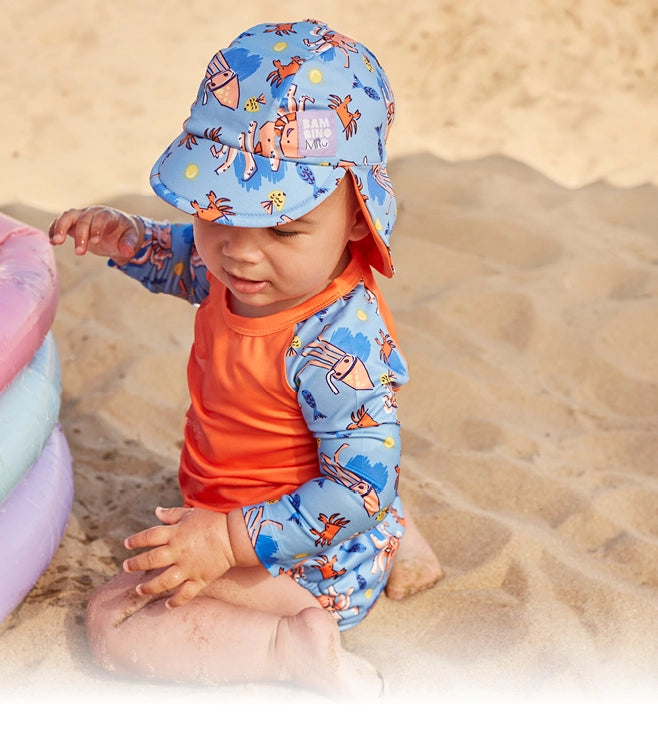
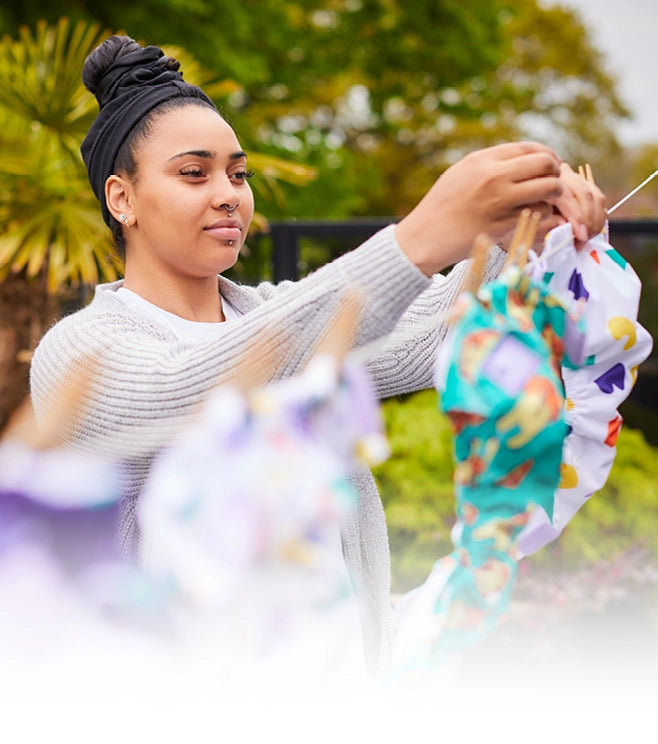
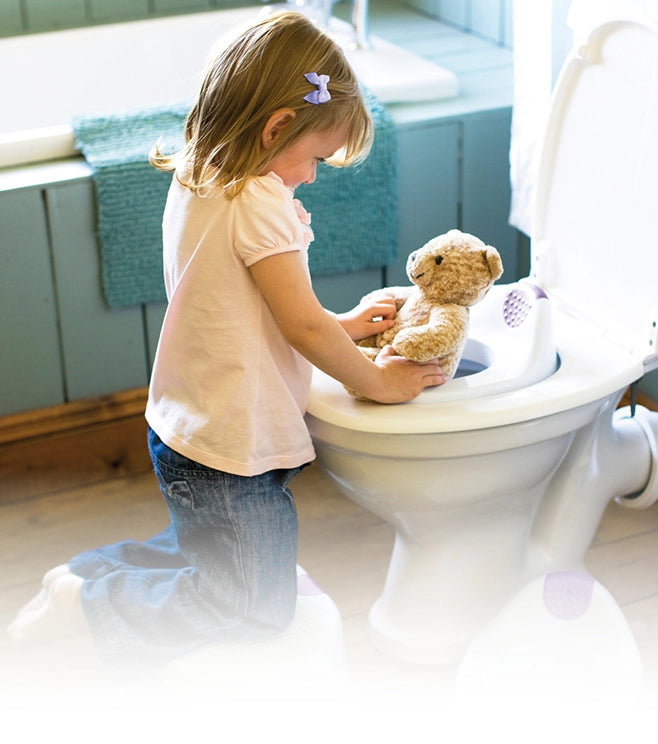
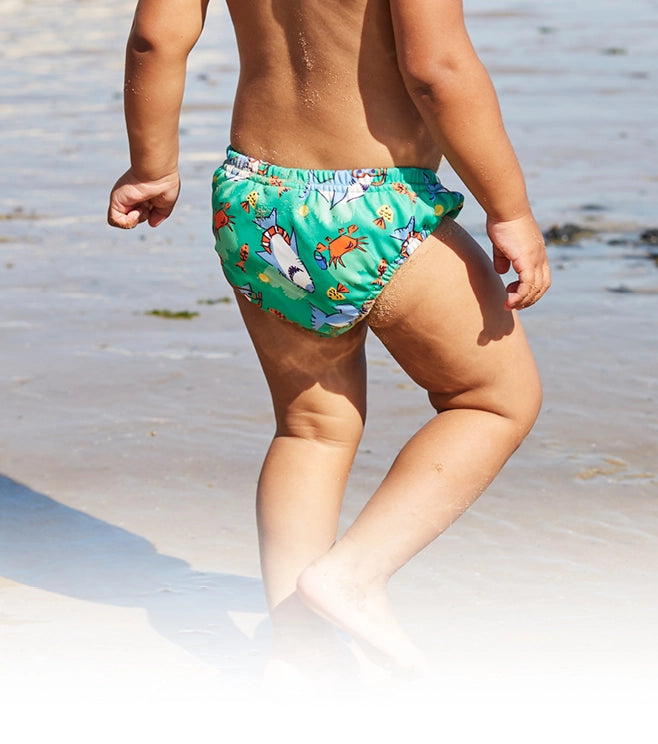
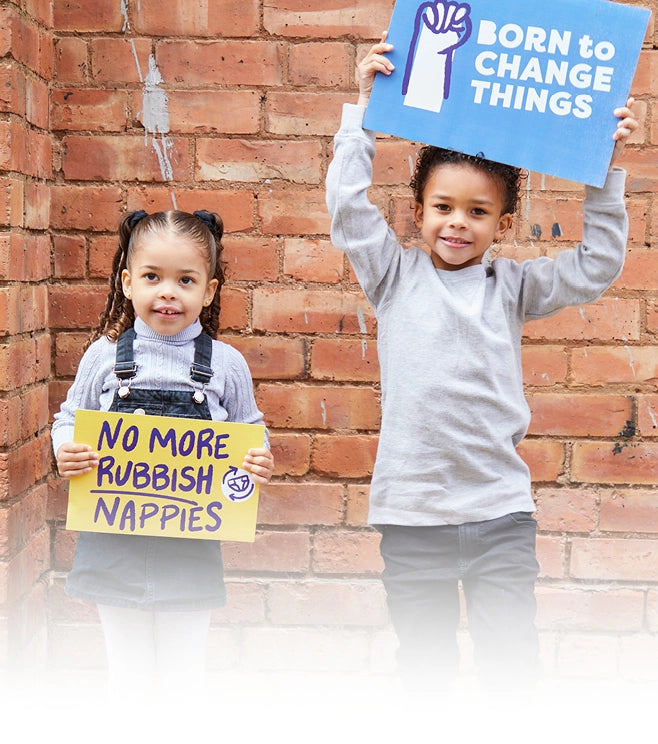


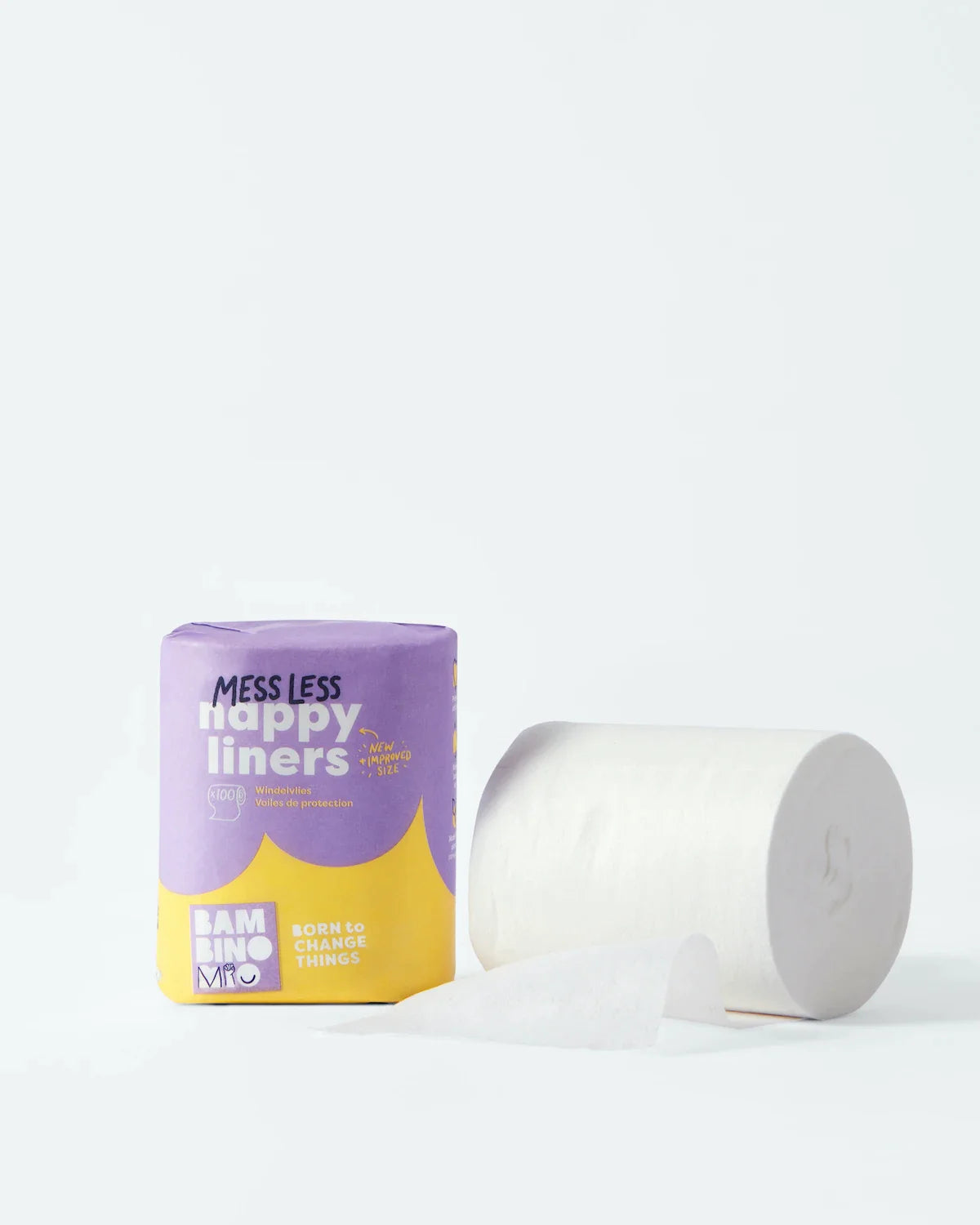
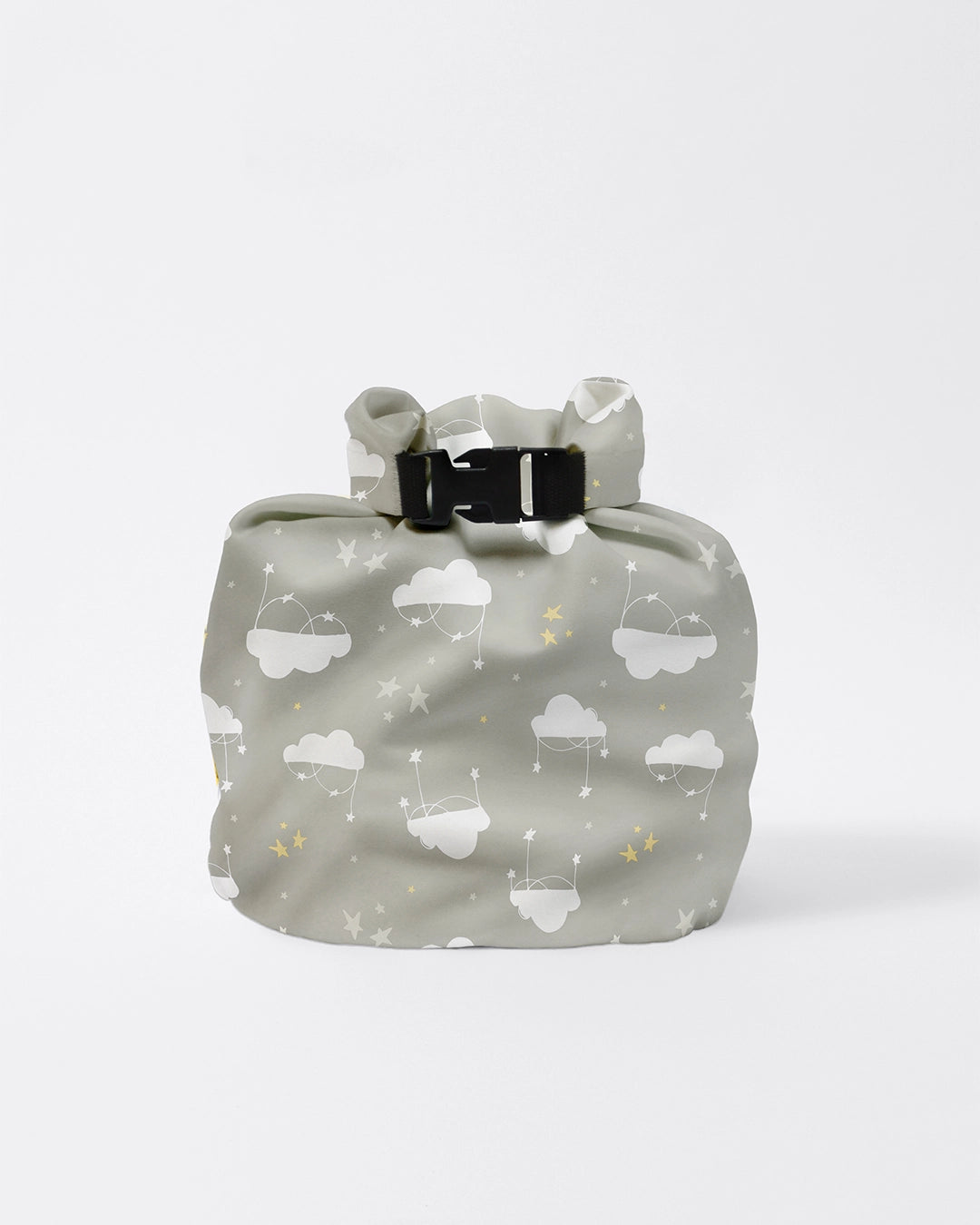
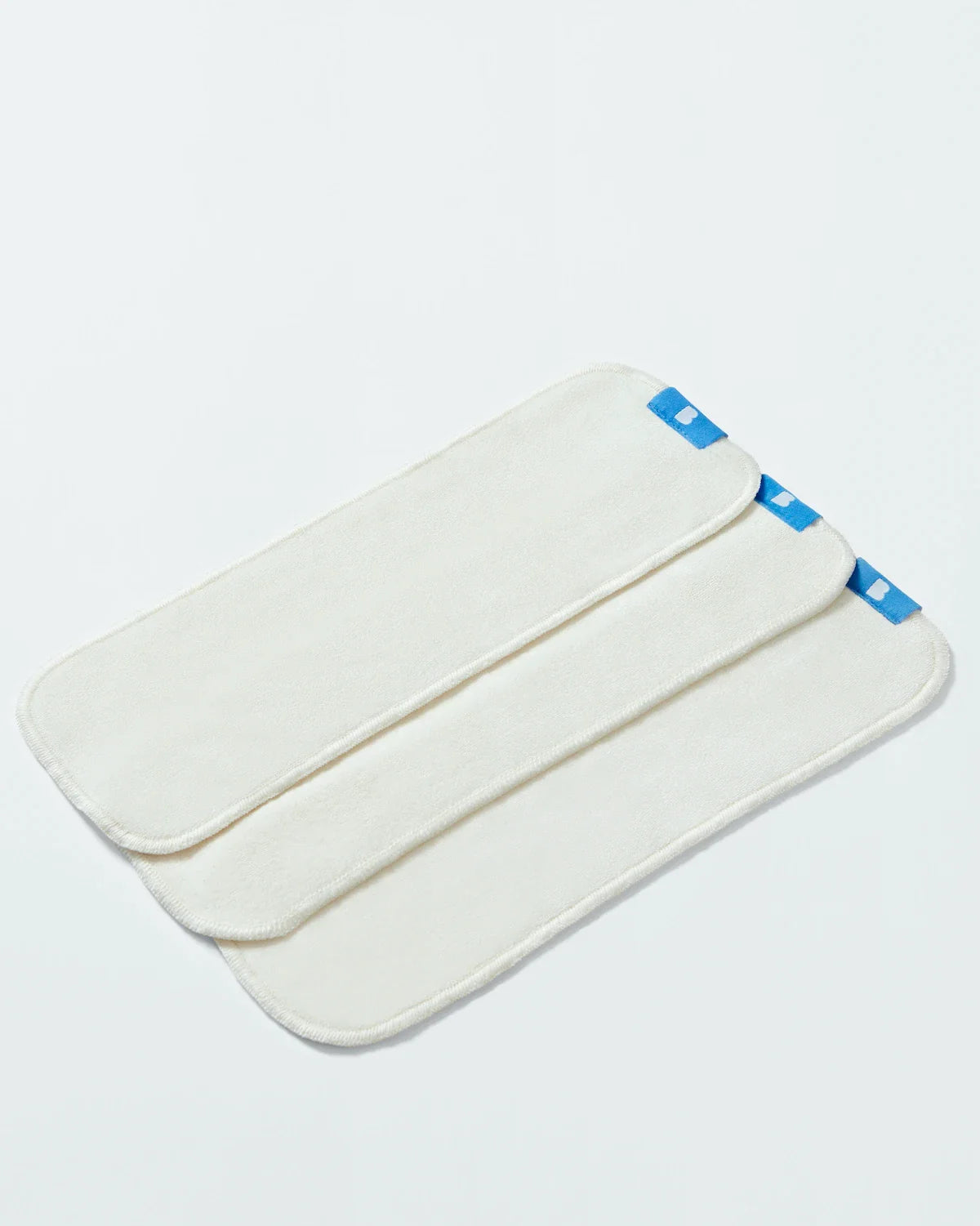
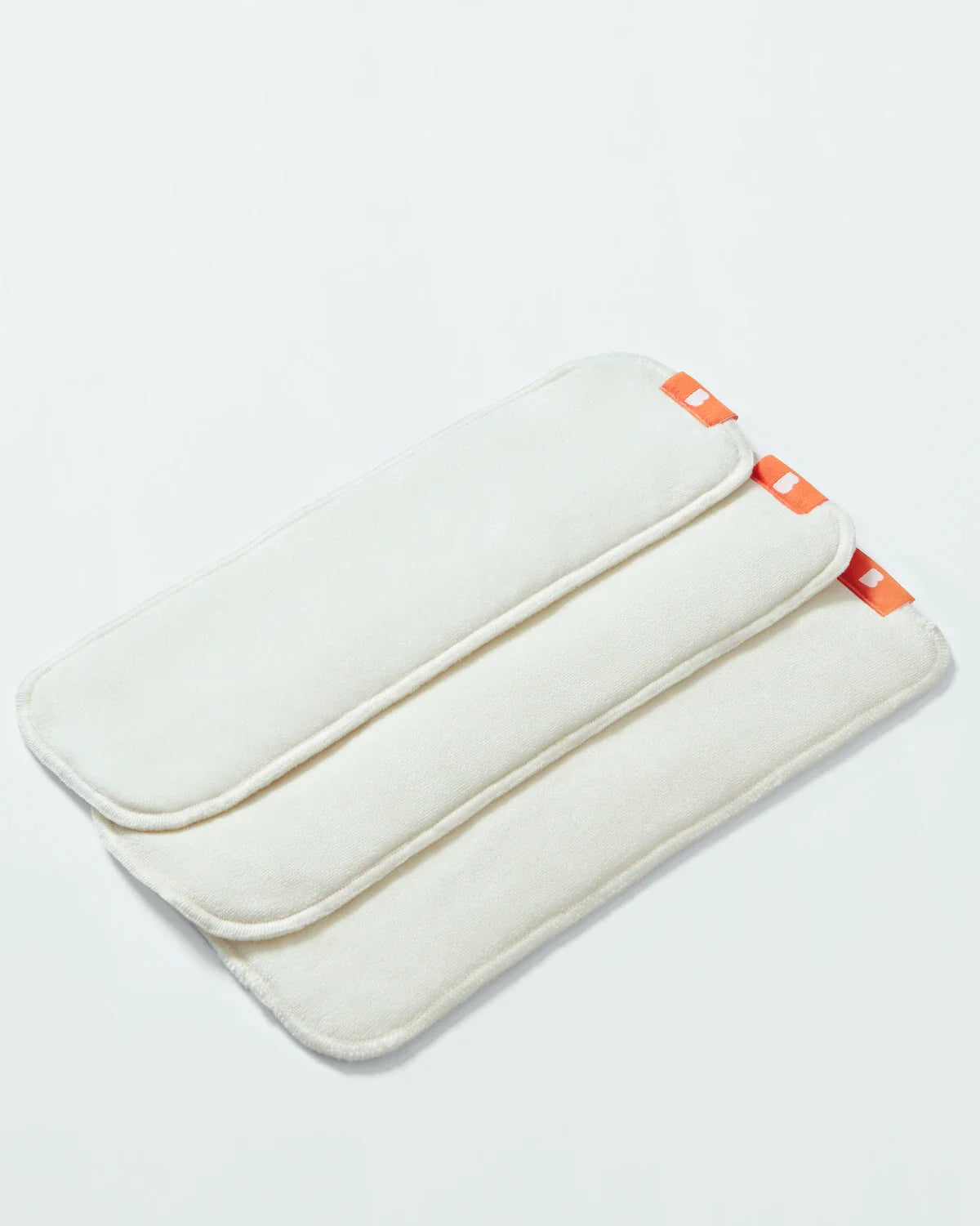
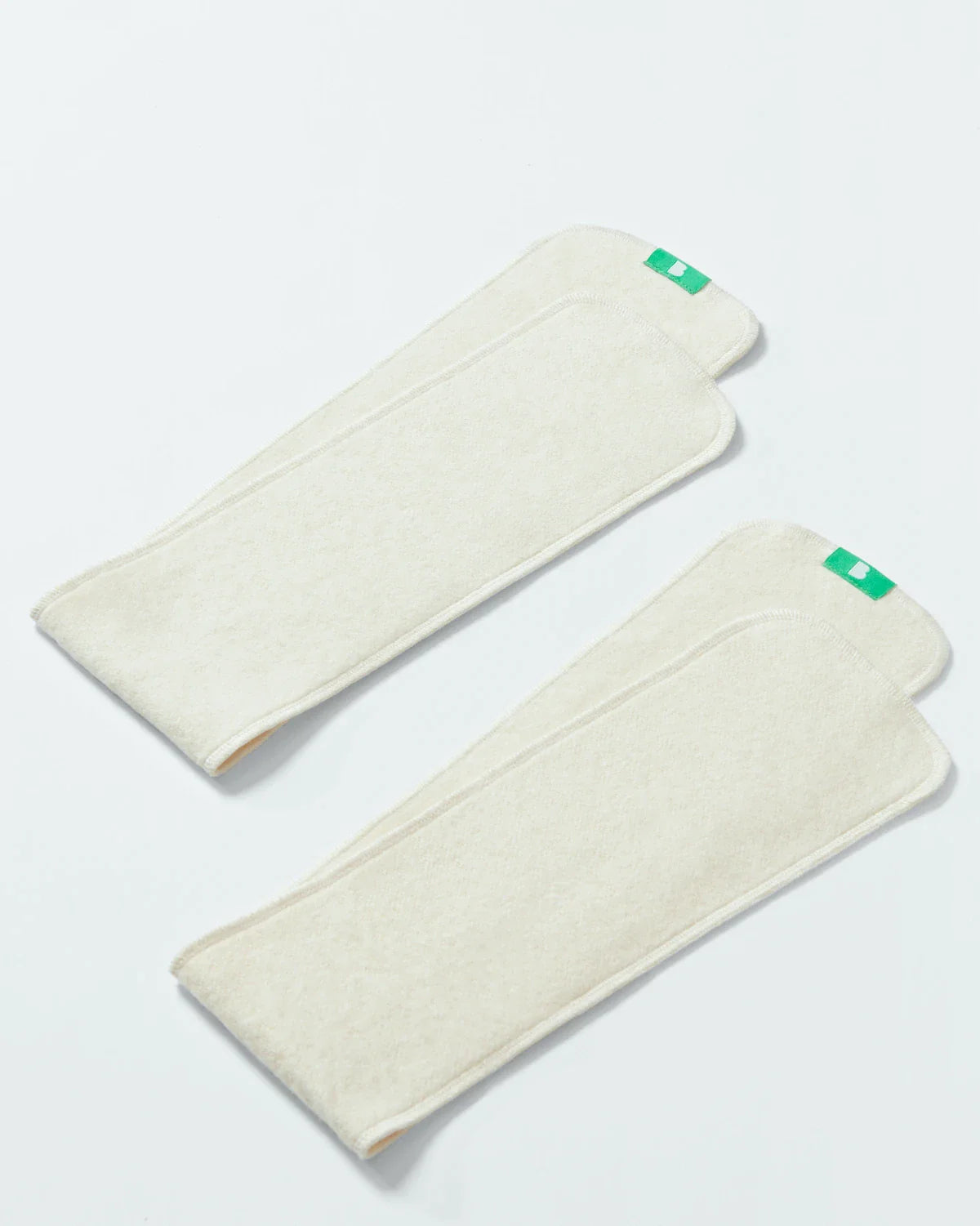
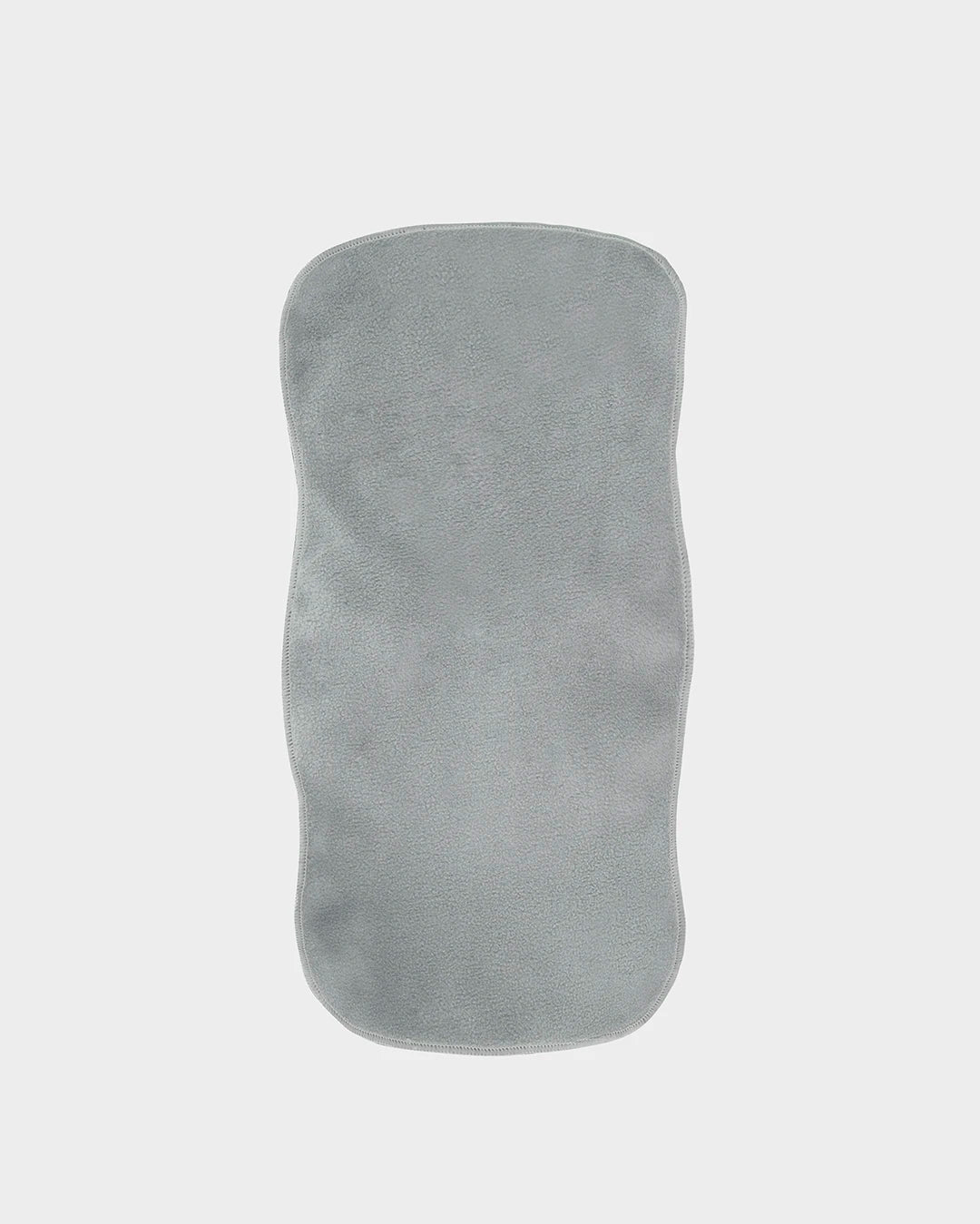
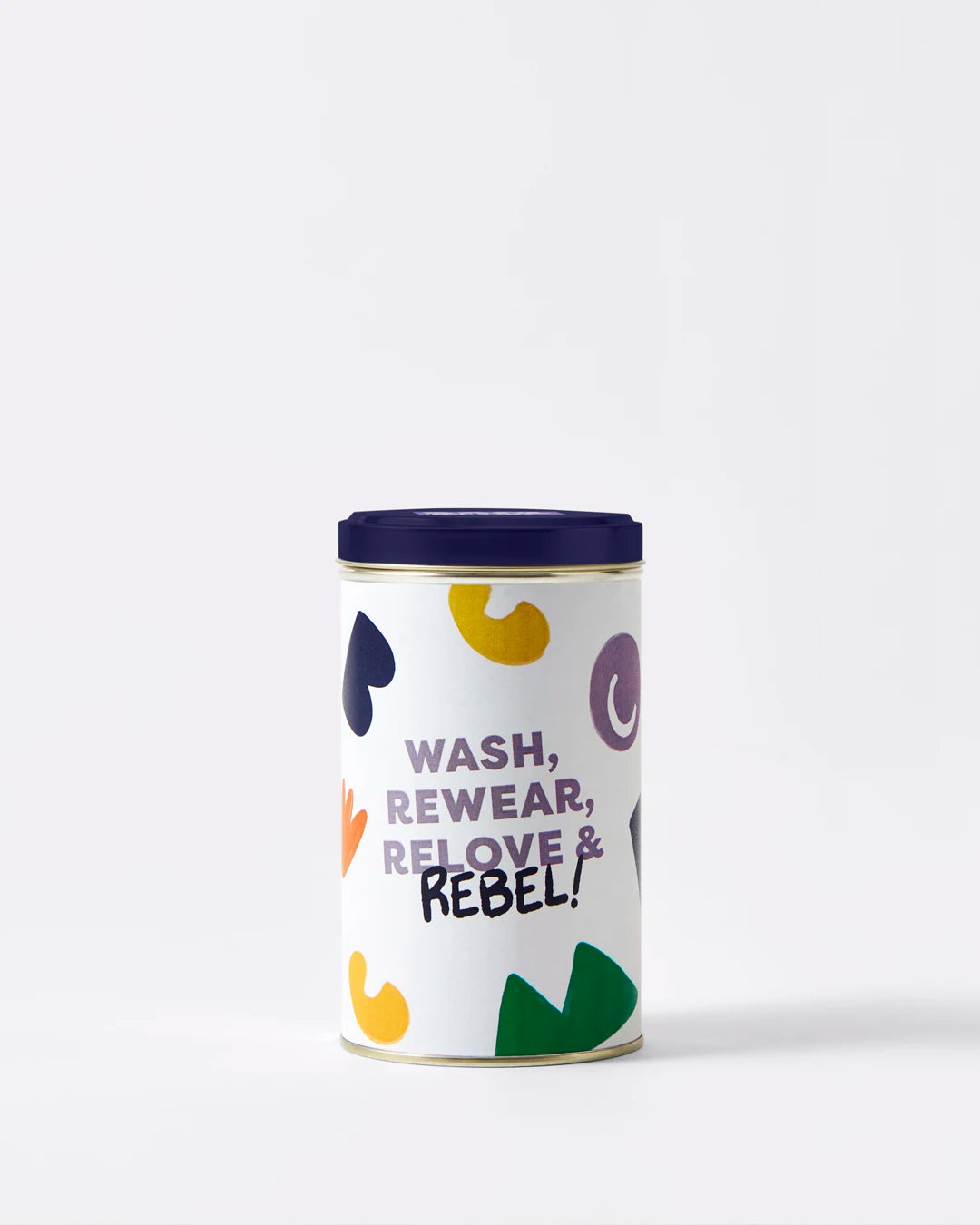
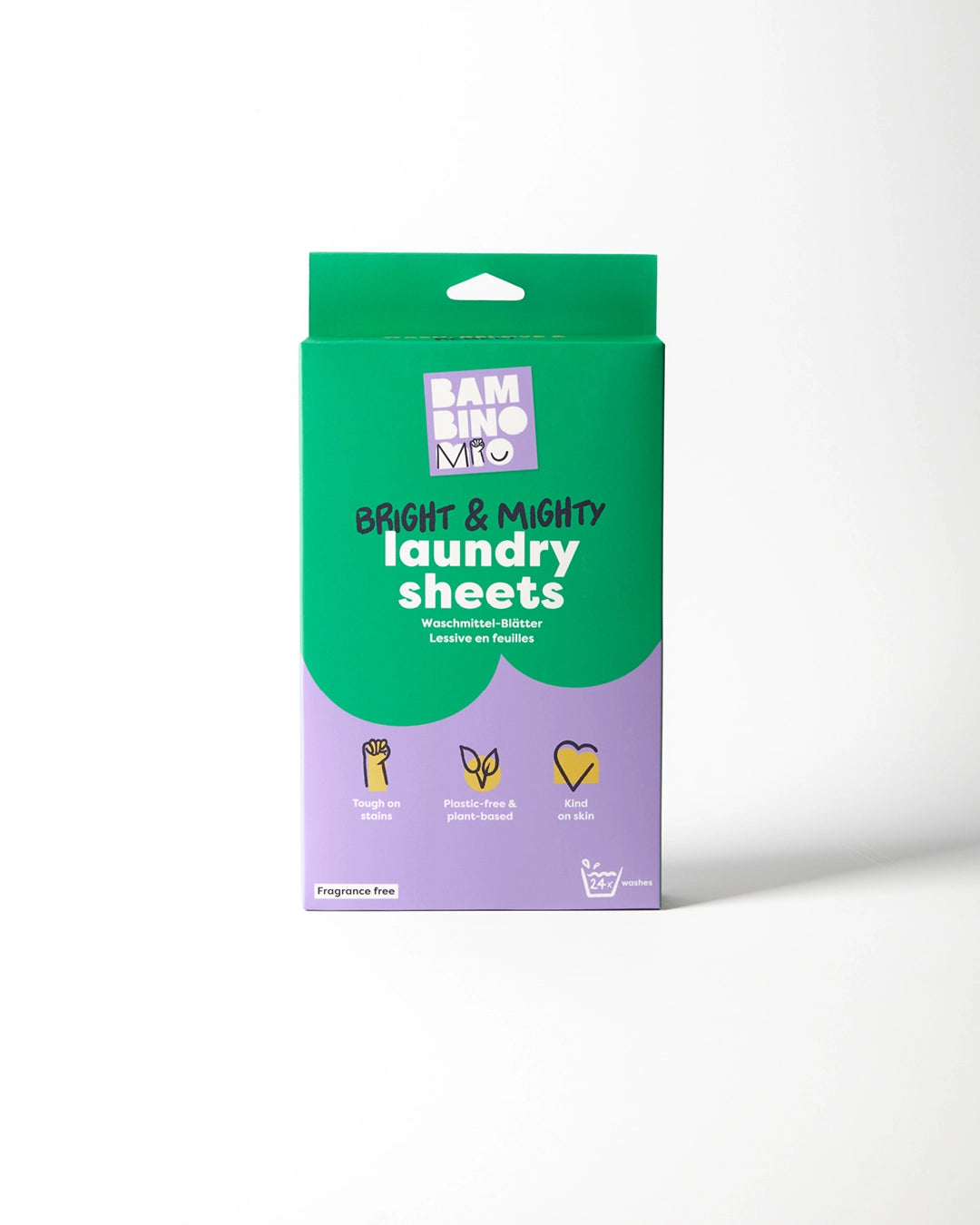
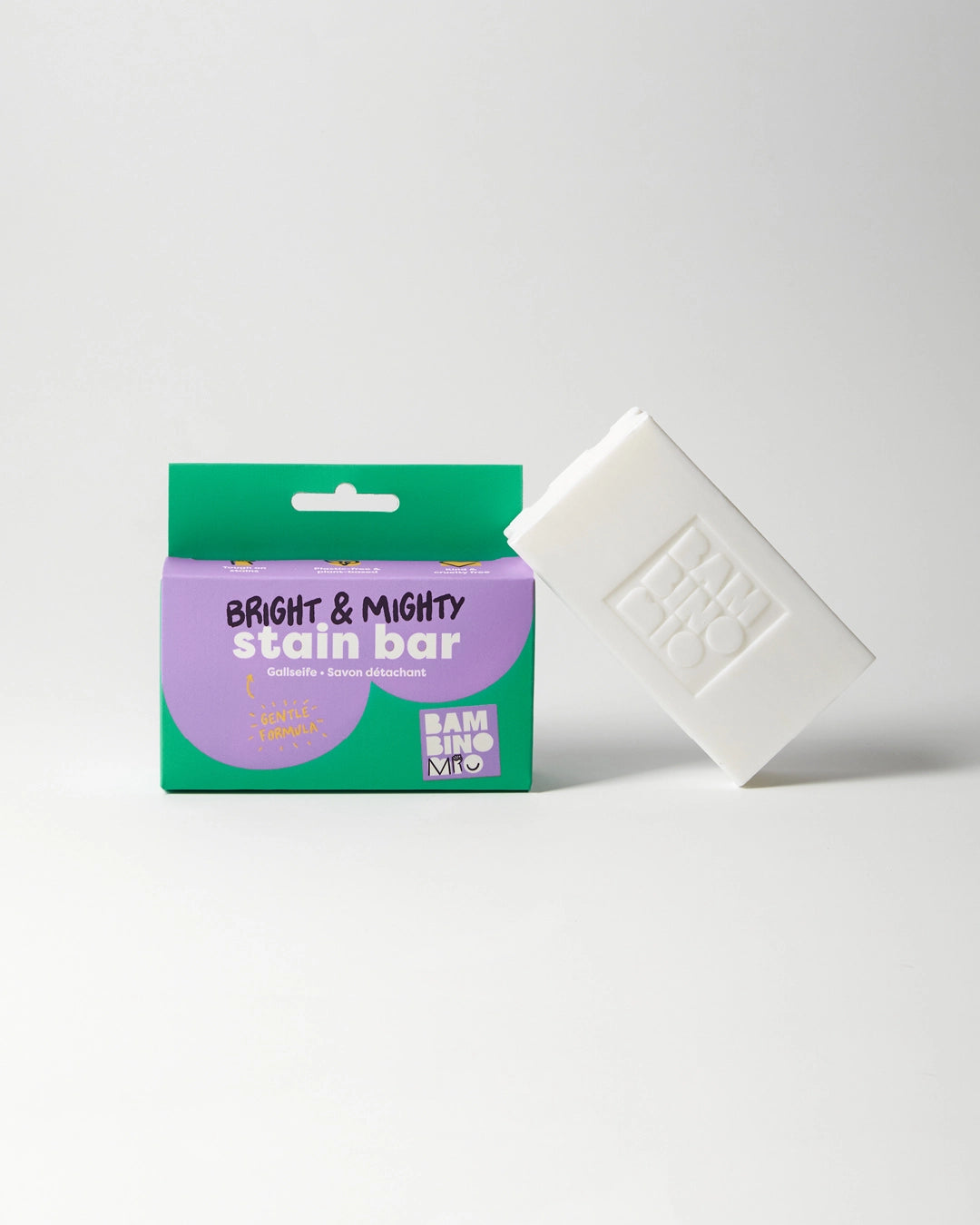
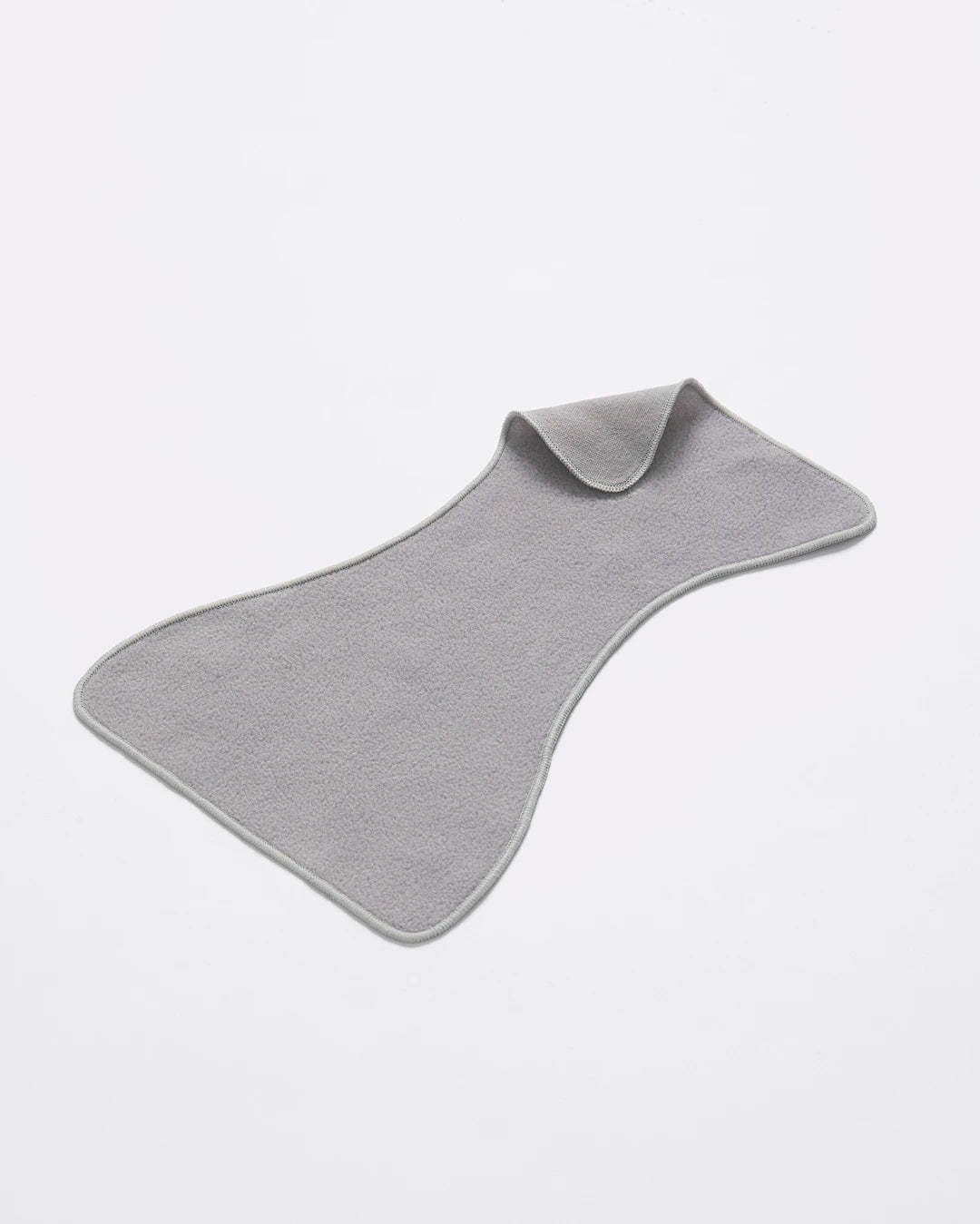














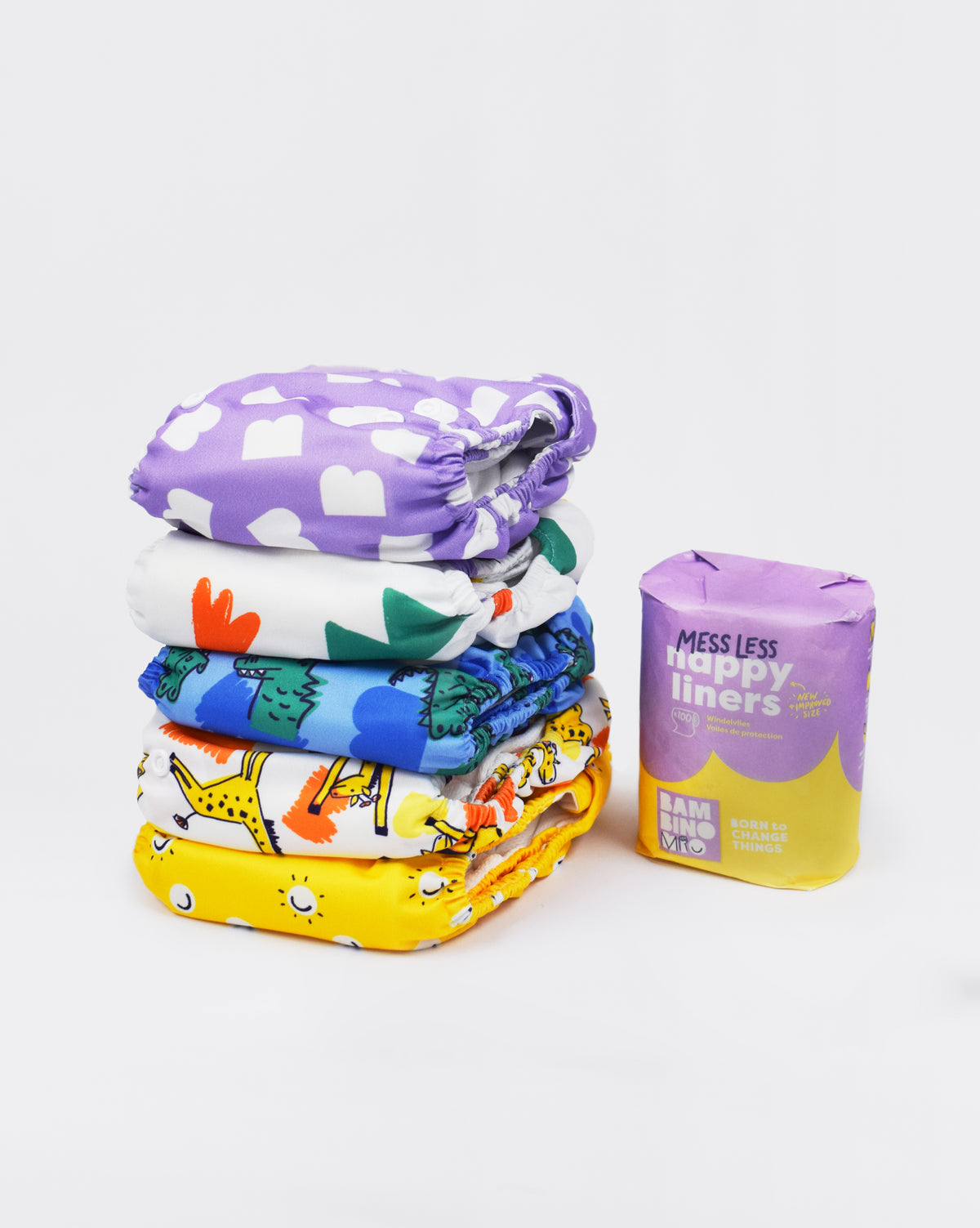
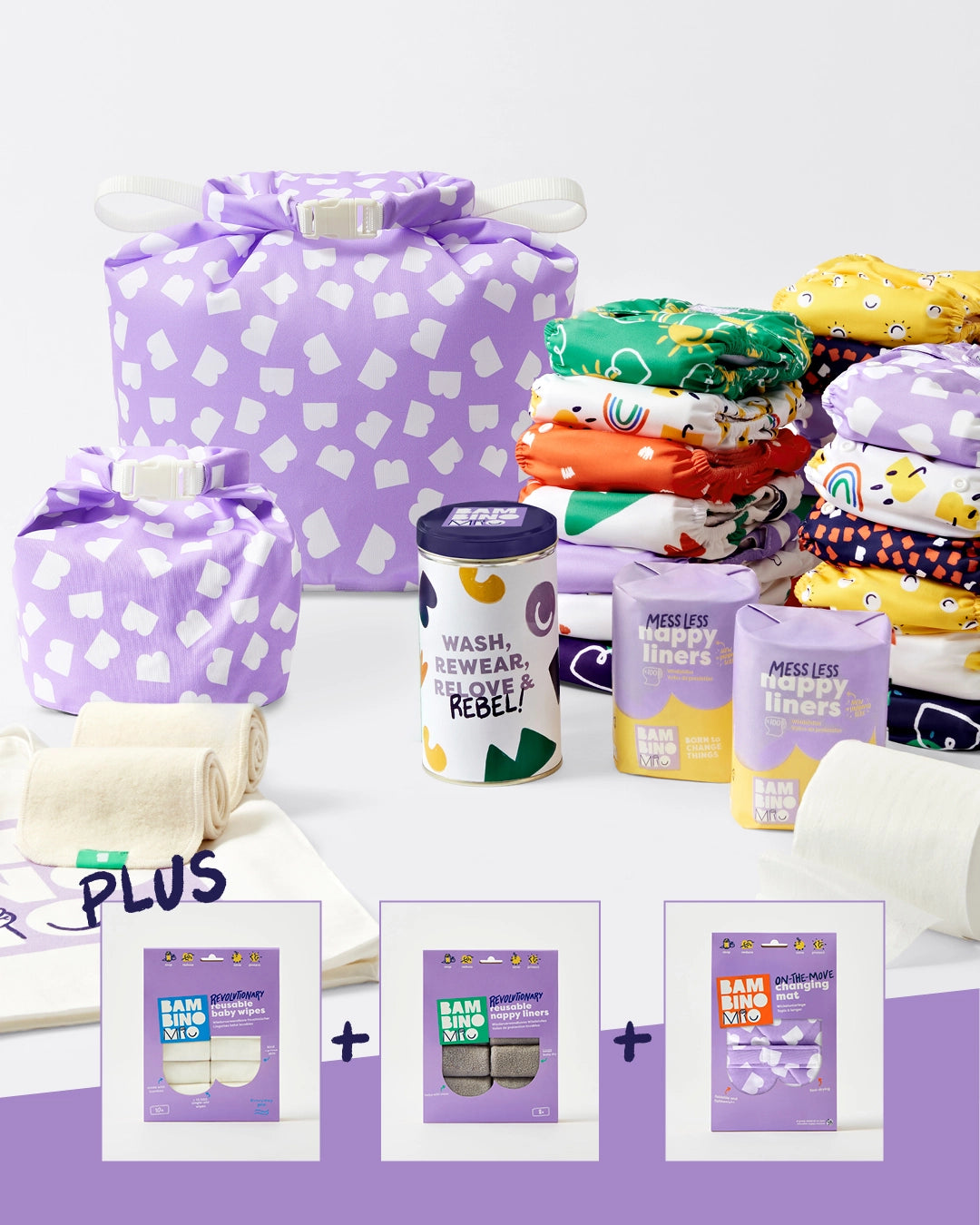
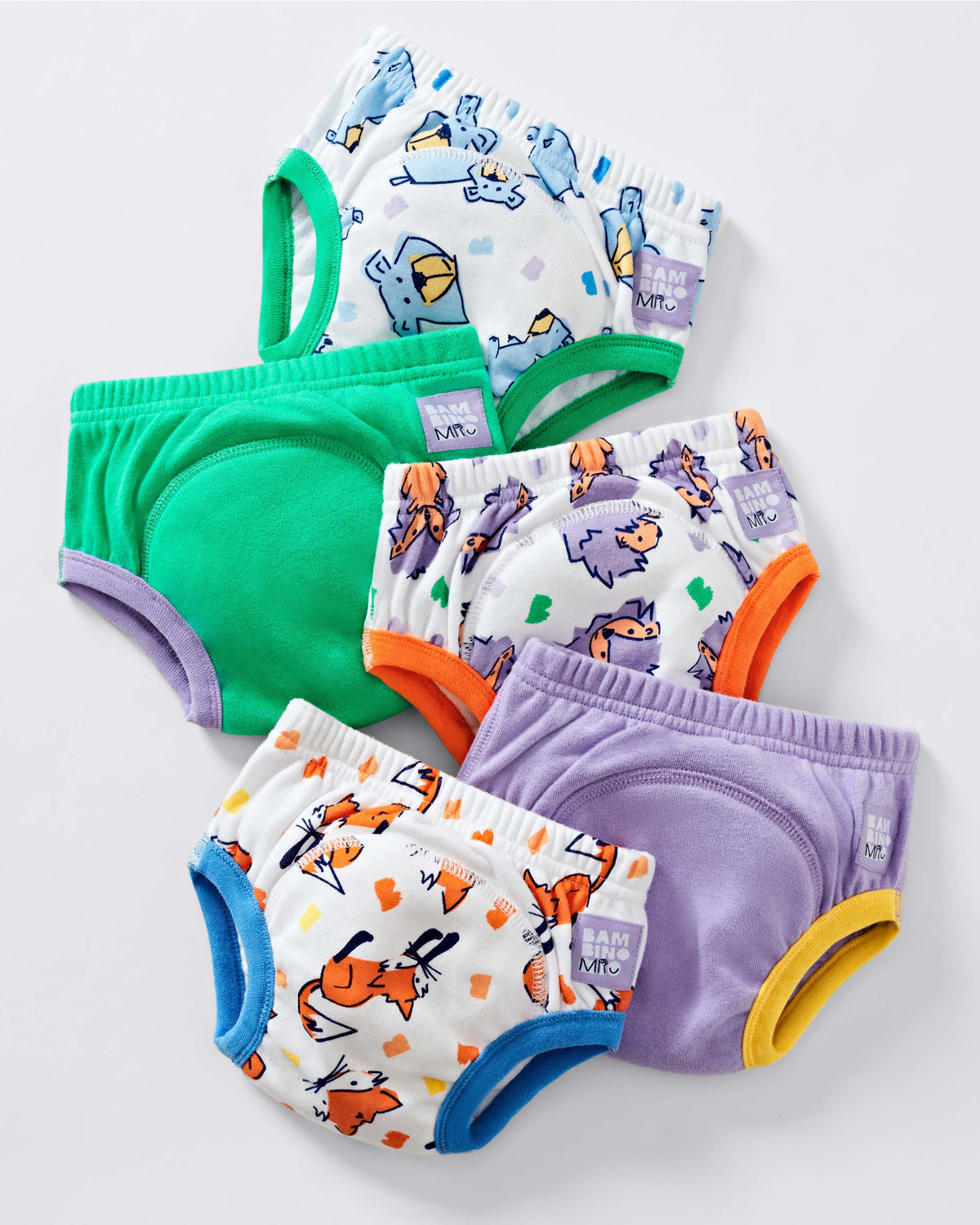
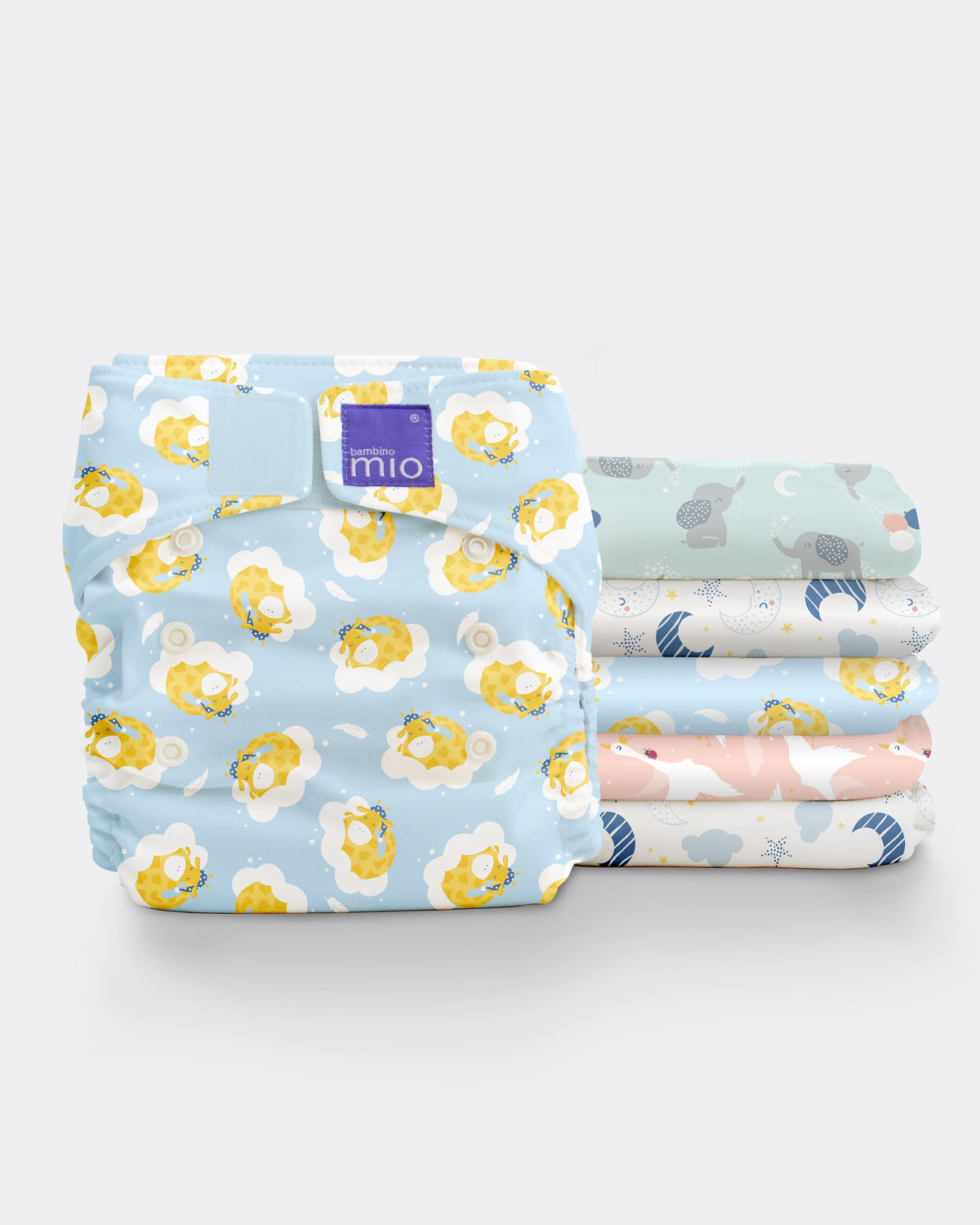
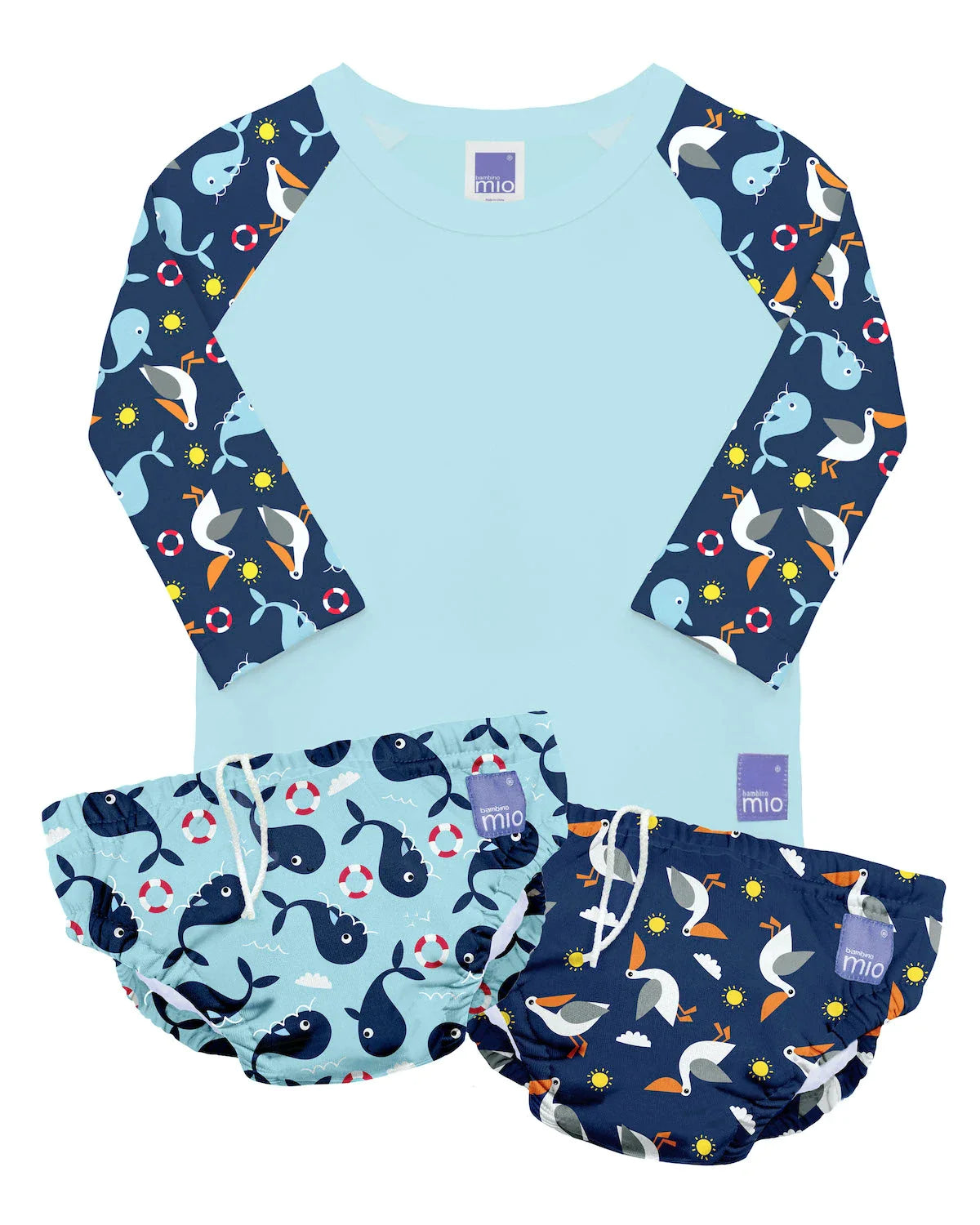
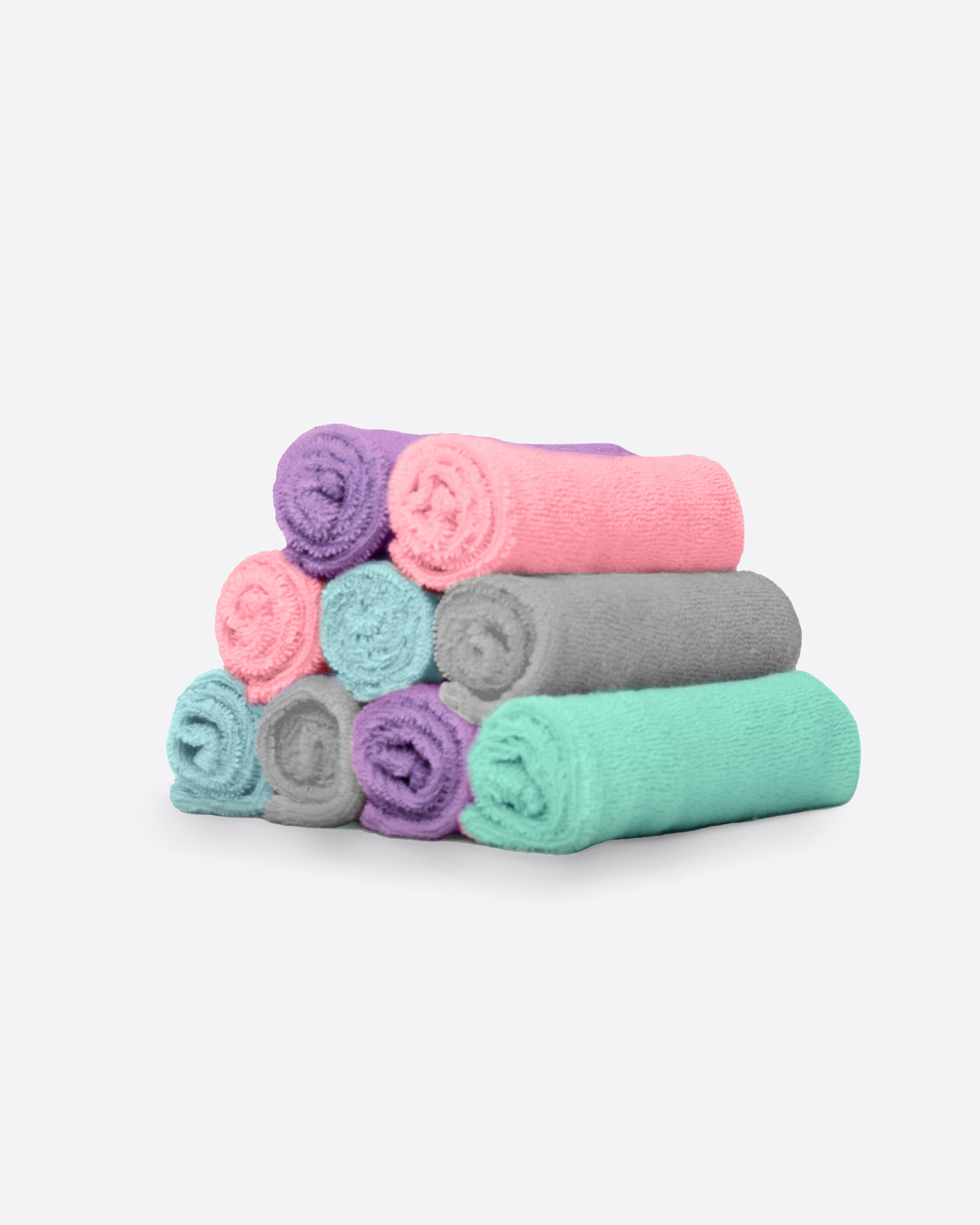
























 vs disposables
vs disposables


